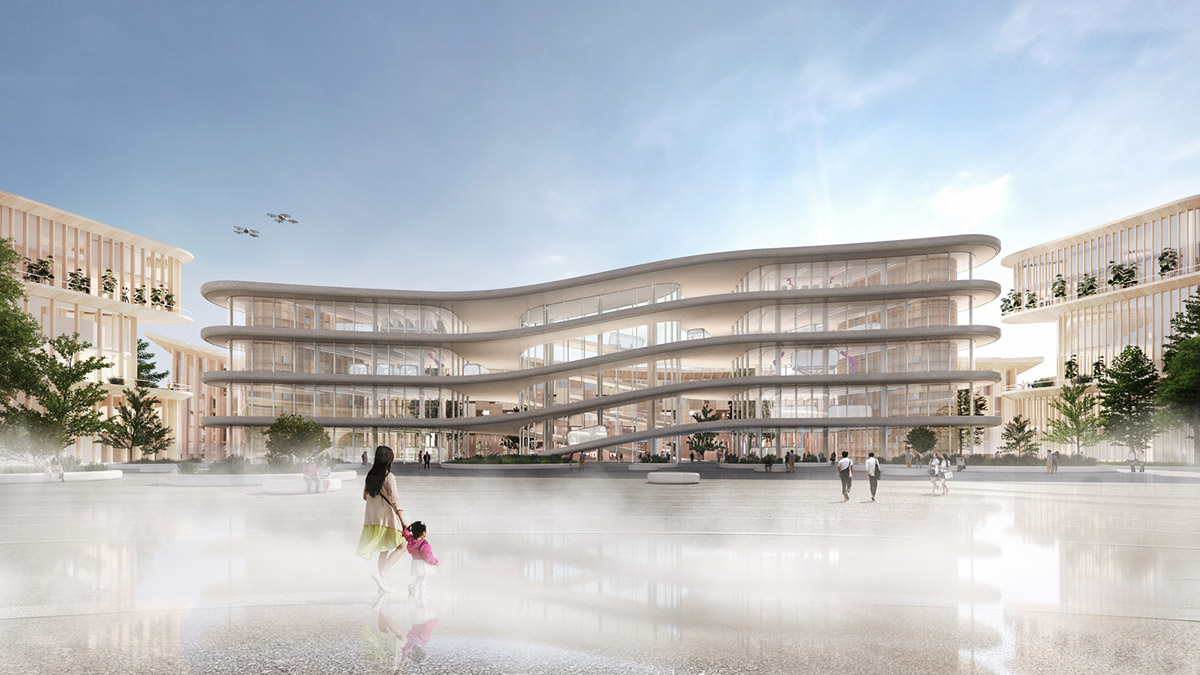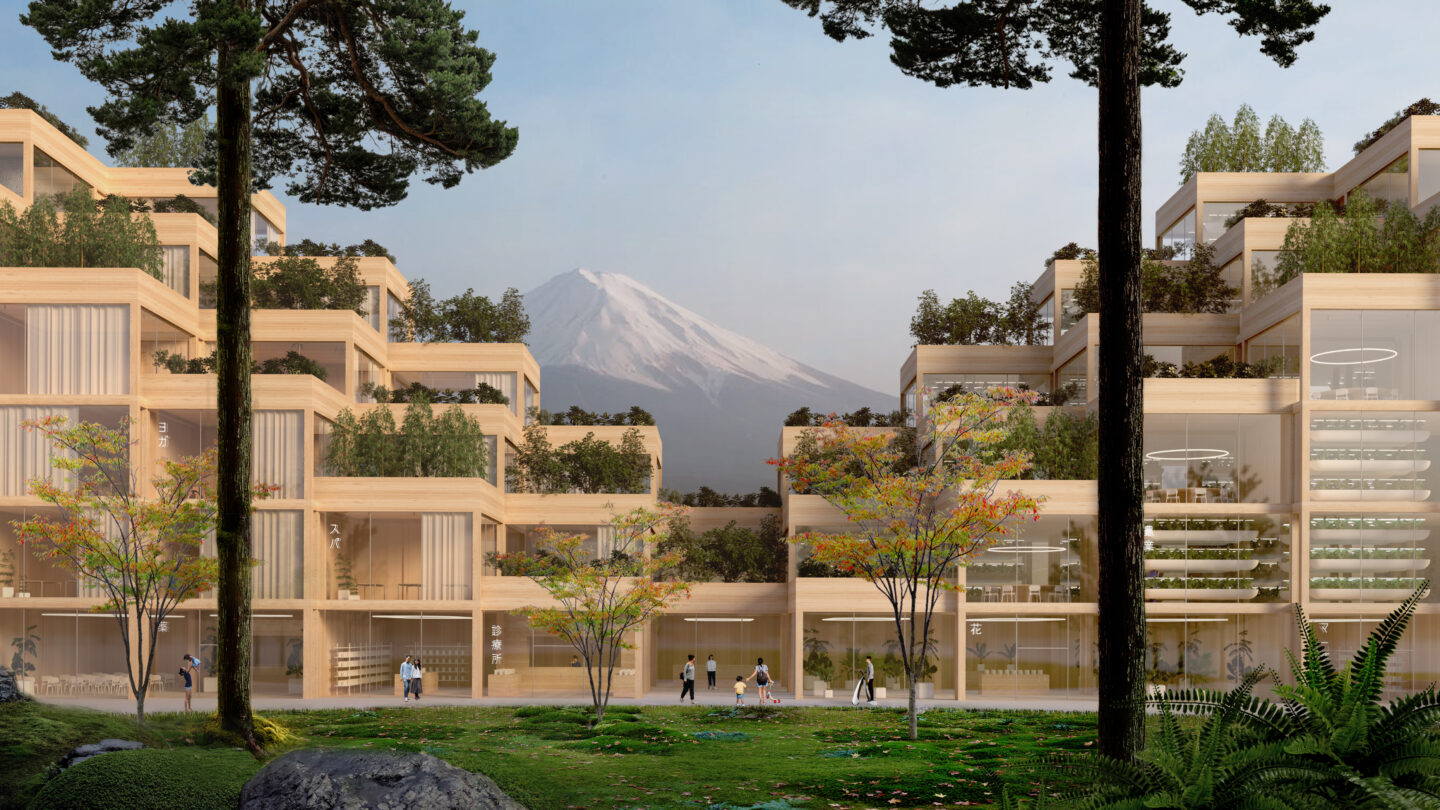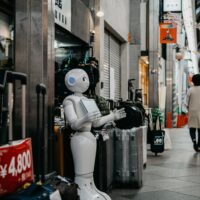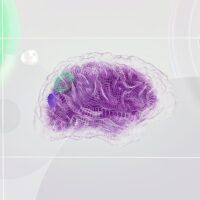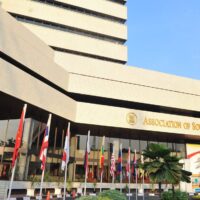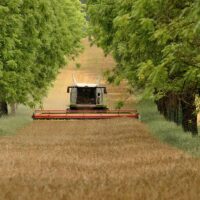Daisuke fostered diversity and inclusion, self-experimentation, seamless communication, and mutual respect in Woven City management. His “never give up” attitude was central to the nurturing of this ground–breaking project.
“I believe that there will always be times in our lives when we have to overcome walls,” he said. “No matter how high the wall is, if you always keep climbing as high as you can, you will one day get over it.”
Yet as the project gained visibility and progressed beyond its conceptualization, Daisuke knew there were important challenges that still had to be addressed. With rapidly growing teams, increasing expectations from stakeholders, and delivery deadlines coming closer, Daisuke and his team identified a few crucial themes that had to be carefully addressed as the project moved forward.
Style of working
Woven City had expanded rapidly, with members joining from Toyota and across the globe, including from Silicon Valley in California. While this brought together the brightest and the best talent, they came with diverse styles of working, expectations, ambitions, and aspirations.
Toyota’s deeply rooted style of working has been passed down to all generations of Toyota leaders. The Toyota Way as described in the book by Jeffrey K. Liker encapsulatesby the “4Ps”: philosophy, process, people and partners, and problem-solving.
The philosophy led to long-term thinking, the embedding of a waste-elimination process, development of a culture in which people are regarded as partners who respect and challenge each other and grow together. Problem-solving is also a process of continuous improvement and learning.
Silicon Valley – one of the world’s leading centers for technological innovation – had its own culture and problem-solving mentality, with a strong focus on speed of execution aimed at delivering solutions rapidly, collecting user feedback, and bringing a “minimal viable product” to market as quickly as possible. There is a high level of acceptance of failure and experimentation in the hope that bigger opportunities lie ahead.
It was clear from the beginning that the Woven City project needed a unique working culture that would leverage the diverse styles of working, expectations, ambitions, and aspirations of the people contributing to the project. But the question was: how could the time-tested Toyota Way and Silicon Valley’s way work together as complementary forces? Daisuke and his team knew that the project needed both, for Woven to succeed.
Functional or matrix organization?
The Woven City team had expanded from one group of five members to as many as 500 in the space of two years. This was “needs-based” growth, with several project managers and group leaders, hired from different industries, backgrounds, experiences, and styles. Many new hires came from Toyota, but many others joined from outside the Toyota ecosystem, including from the US.
Small to medium-sized groups were formed, resulting in a multi-layered organization. At times, it looked like an inverse pyramid, as most of the project team’s core work was in designing Woven City. Yet, execution would require an expansion of the bottom part of the pyramid.
Audio available

